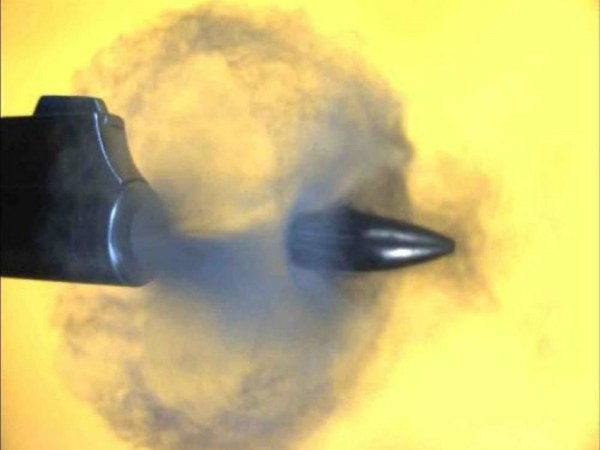Uniform motion and its features
Uniform motion and its features
With the concept of "uniform motion" begins the coursemechanics at school. This type of movement is the easiest to understand. It is important to remember that this is some sort of idealization that does not occur in real life.

Uniform motion is the simplest kindmovement. To the body move evenly, its speed should be the same at any time. It can also be said in another way: the acceleration of the body at any time is zero. If, for all this, the body passes the same distances over the same intervals of time, the motion is called uniform rectilinear.
Path and displacement
The path is the length of the trajectory along whichthe body moved for a certain period of time. Moving is considered to be the distance between the start and end point of the trajectory. Often these concepts are confused, but they mean completely different distances. The path is a scalar quantity, and the displacement is a vector. The module of the displacement vector will be equal to the segment that connects the start and end points of the trajectory.Speed of uniform motion
The speed of uniform motion is a vector,The module of which can be easily calculated by the formula known from the elementary school. It is equal to the ratio of the path traversed by the body, to the time during which this path was traversed. It is important to remember that in the case of uniform motion, the direction of the velocity vector must always coincide with the direction of motion. It is impossible to consider uniform motion along a circle and any curve of a trajectory. From this it follows that the path and the displacement must be the same for this motion. This state is easy to verify in practice. The state of rest can also be referred to a uniform motion, since the body passes equal distances in equal intervals (in this case they will simply be zero). The uniform path with uniform motion will consist of two components: the initial coordinate , And also the product of the velocity of the body at the time of its motion.Graphs of uniform motion
If we plot the velocity variation withtime for uniform motion, a straight line parallel to the abscissa is obtained. The area of the rectangle under this graph is numerically equal to the length of the path traversed by the body in a given time. Indeed, the area of the rectangle is equal to the product of its sides (in this case, the product of the velocity for a time). Having constructed a graph of the dependence of the distance traveled from time, one can find the value of the speed with which the bodies move. The graph has the form of a straight line drawn from the origin. The tangent of the slope of this line with respect to the abscissa axis (time axis) is the desired value of the velocity vector modulus. The more the slope of the linear graph, the greater the speed of the body.








